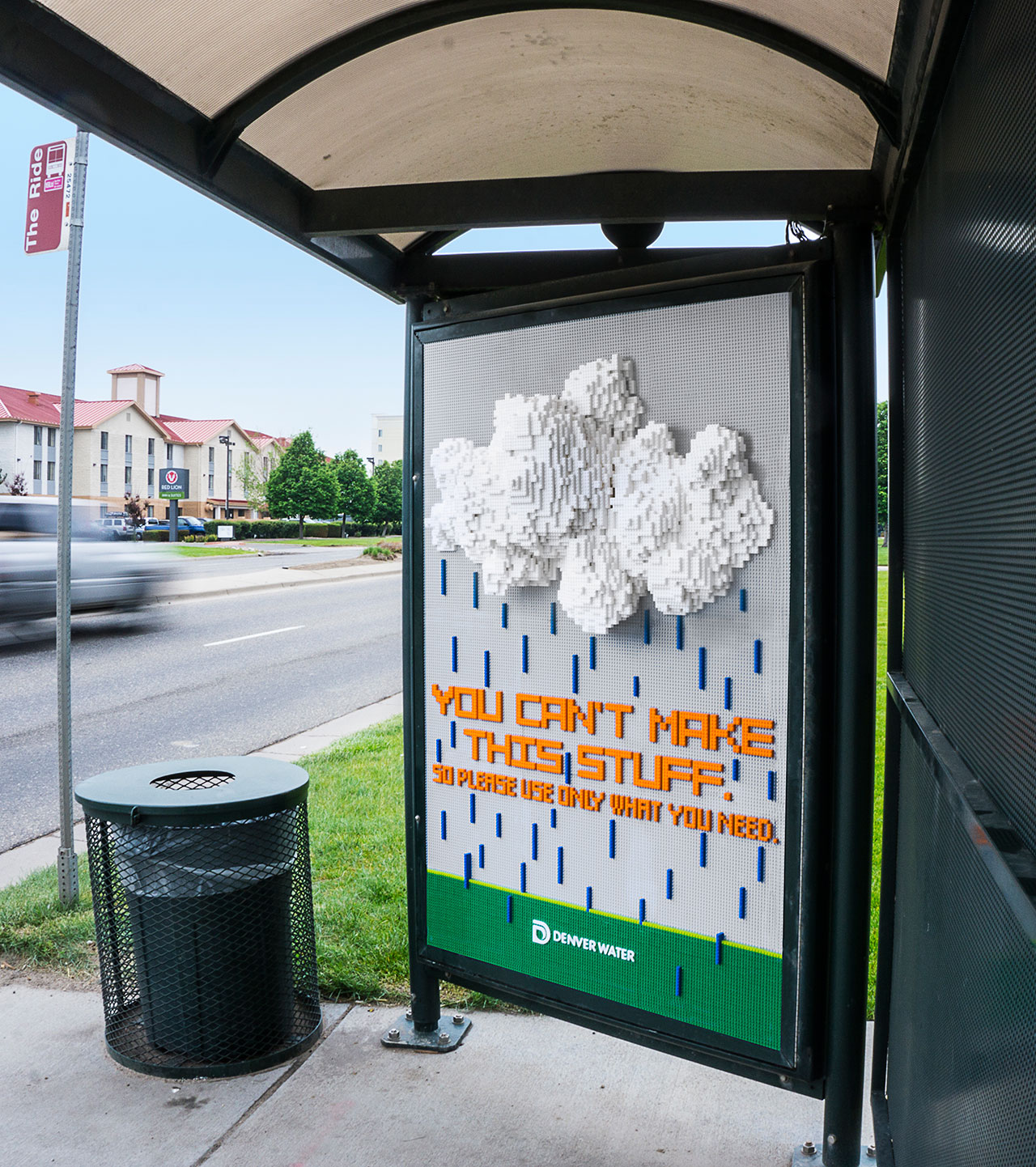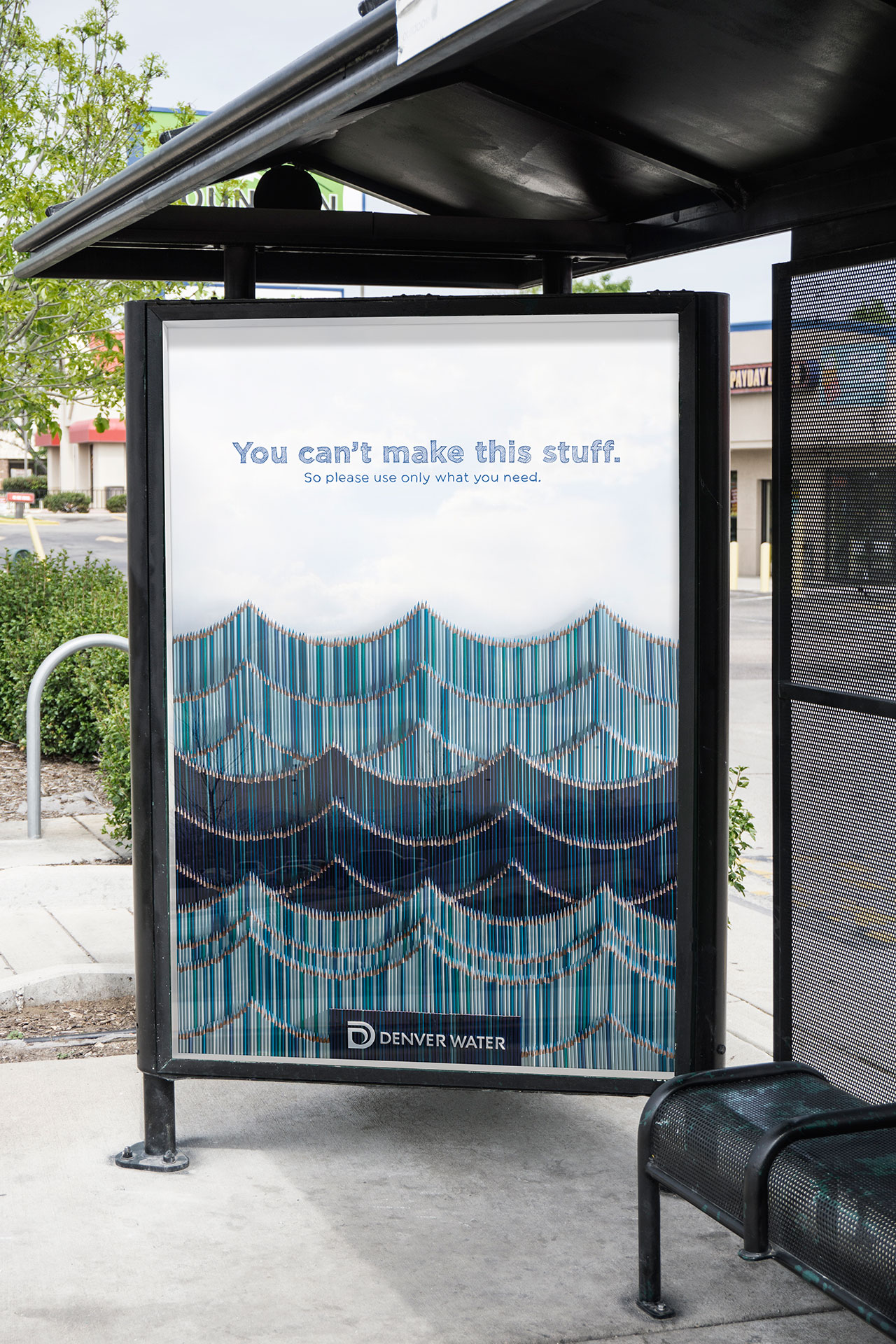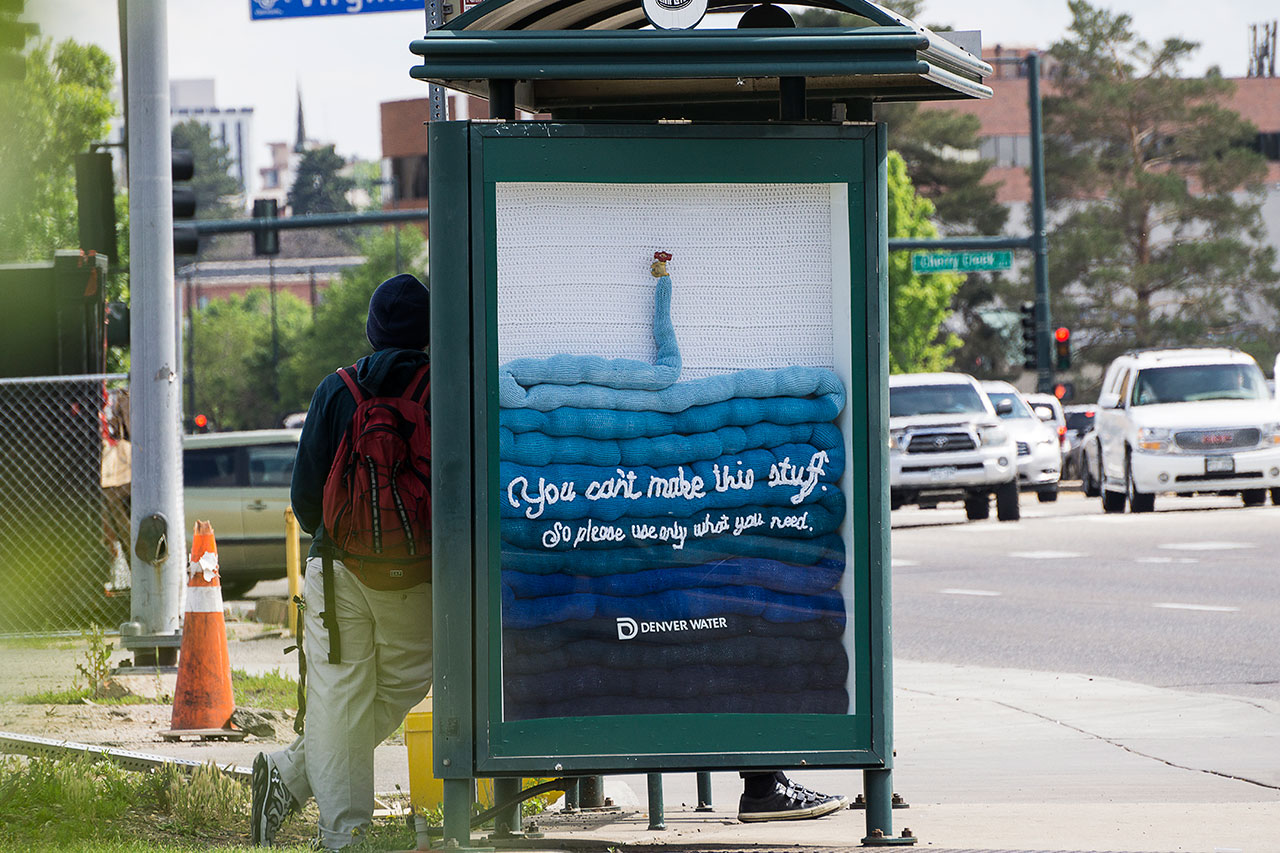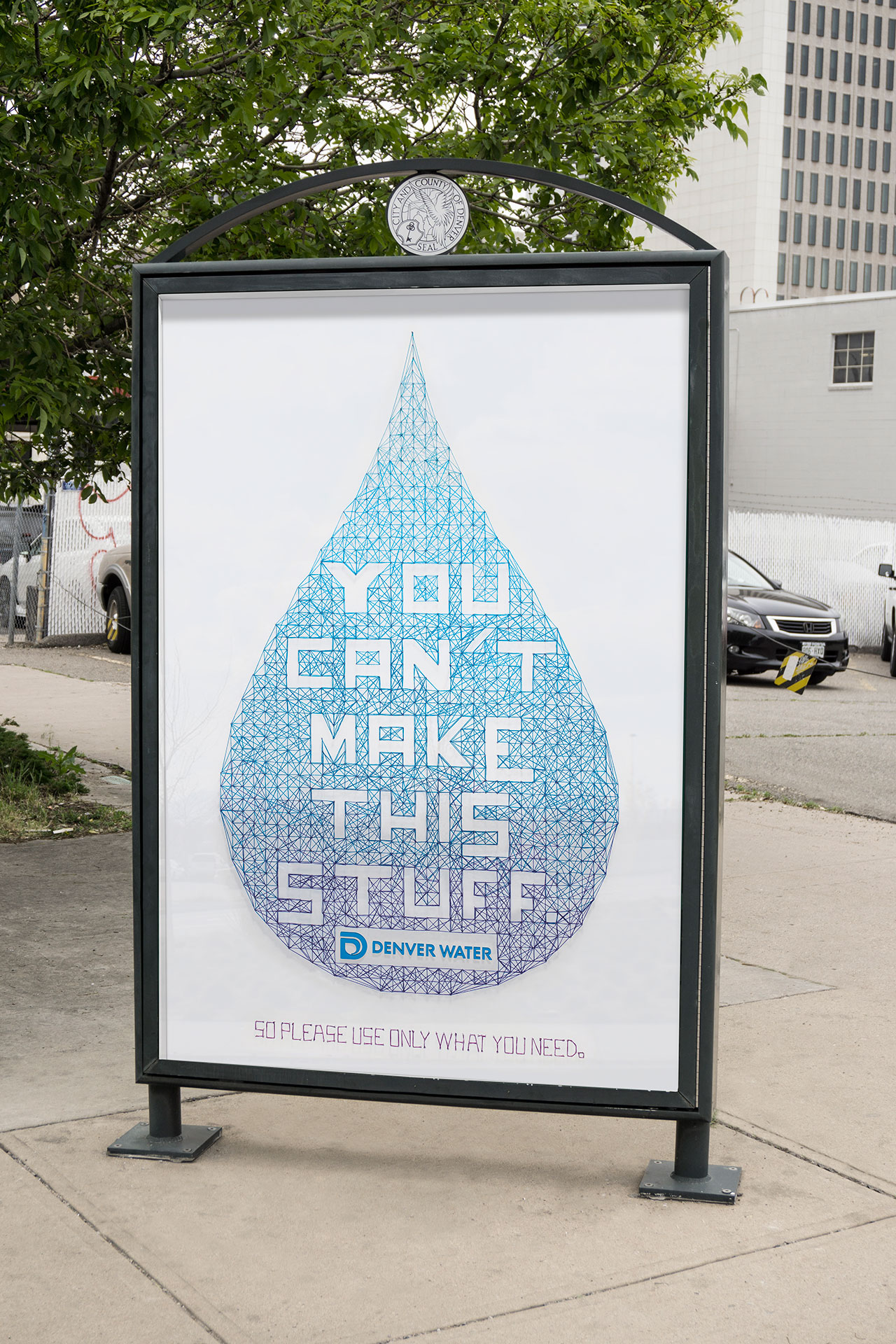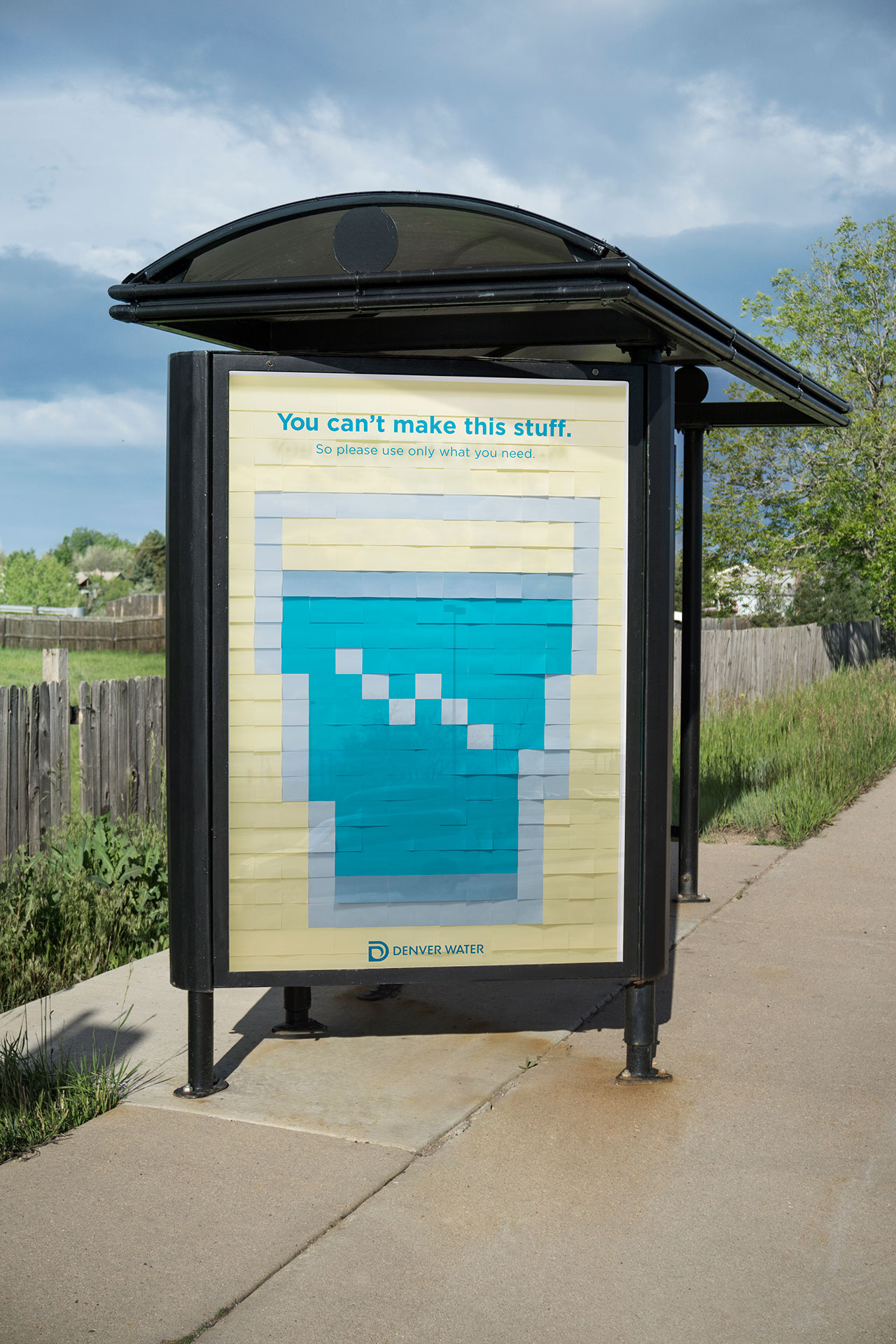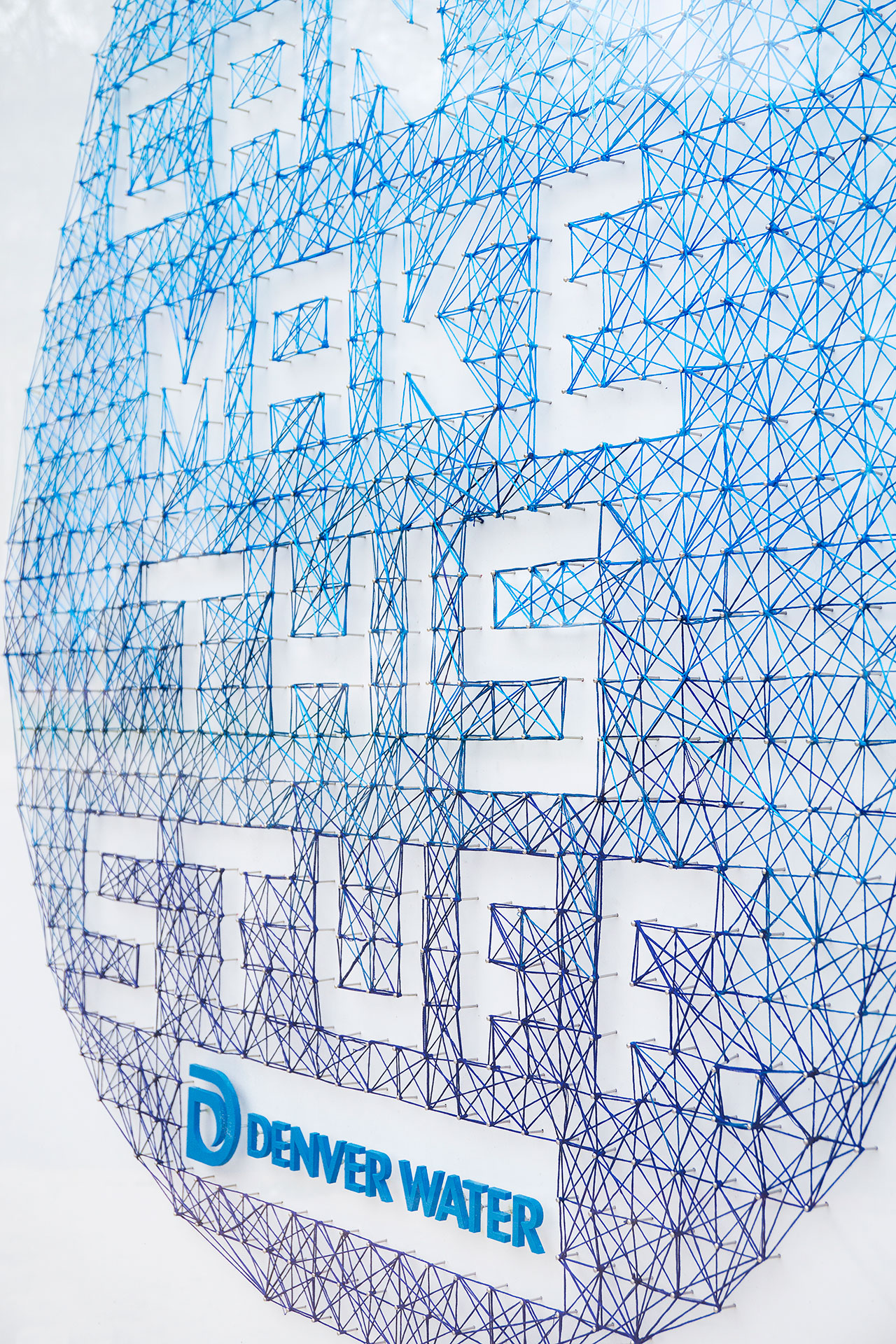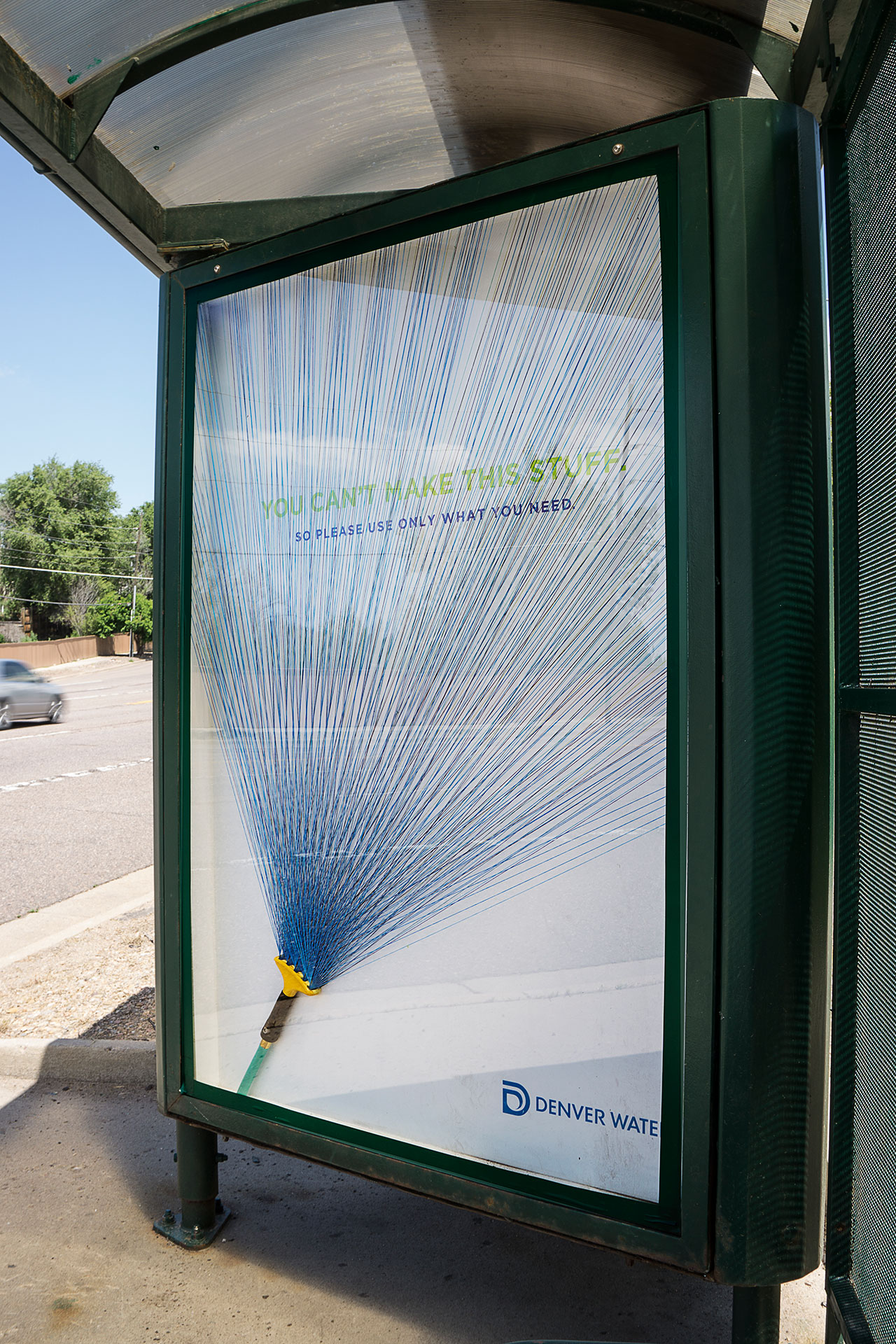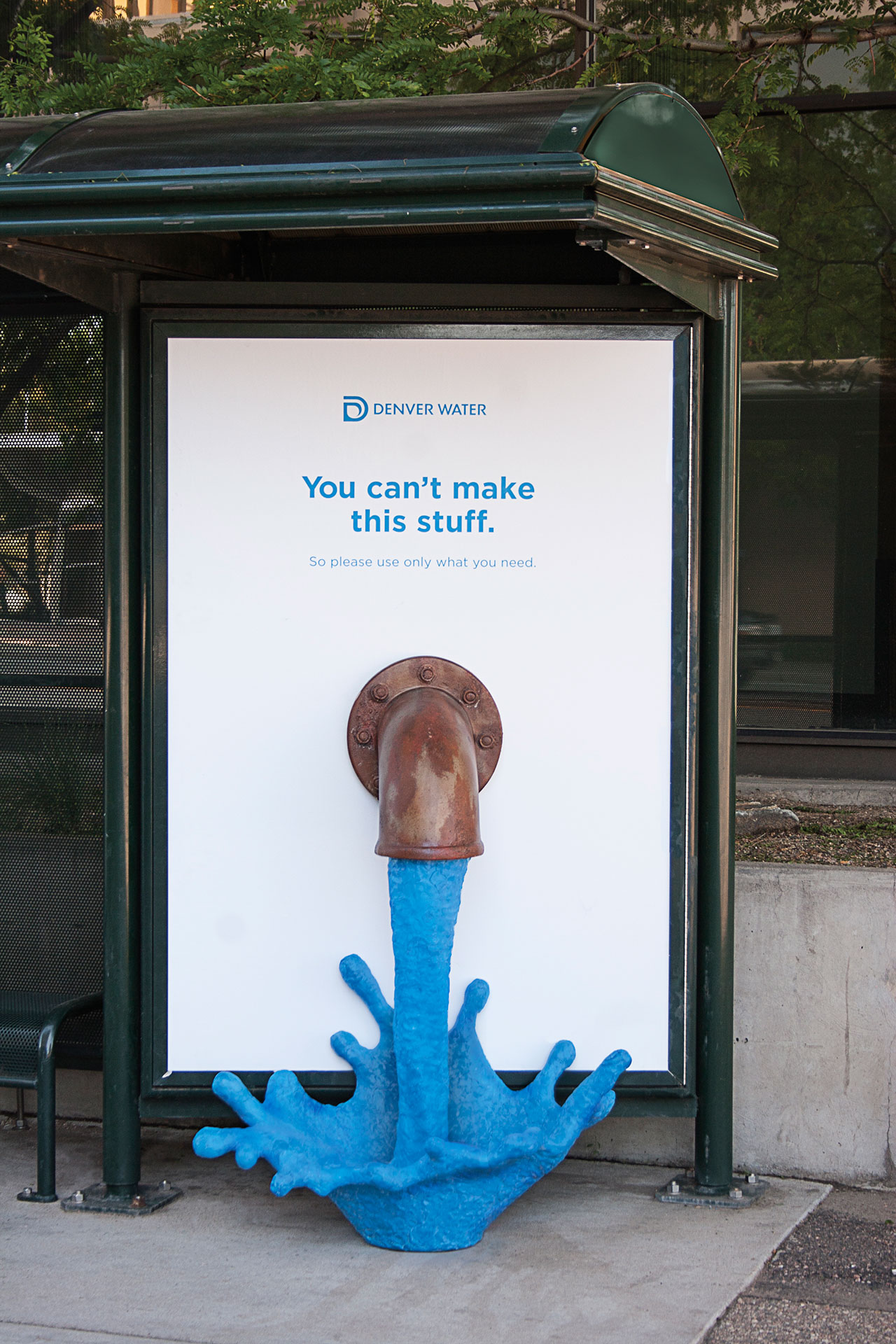100 Years Old, And Still An Icon


Remove Makeup Off A Magazine!?

Genius Brand Activation

Send A Tweet To Coke
Coca-Cola’s #CokeMyName Let’s You Interact With A Billboard

Then a webcam set across the street automatically snaps a picture of the person’s name. Coke’s social media team then tweets back the photo of the person within one hour.
The activation campaign ran for two weeks and served up over 200 custom messages per day, with the billboard itself being the only media promoting the campaign.
A few of the tweet requests reflected as follows:

A KFC Bucket Selfie For Memories.

Well, KFC Canada and ad agency Grip Limited have just the novelty for you! The new “Memories Bucket” is a KFC bucket filled with chicken as usual, but is able to pair with your phone and print your pictures directly from the bucket.

So, apparently the idea for the Memories Bucket came about while agency copywriter Jeff Collins and Social content strategist Matthew Stasoff were working on the campaign for the brand’s 60th anniversary in Canada.
The campaign is all about celebrating 60 years of memories in Canada, one meal at a time.
The KFC bucket is a very well known option for families alike to celebrate almost any intimate occasion, creating family and friend filled memories. Collins and Stasoff continued on to say that, looking at the newest generation of fans, many memories are shared and stored via phones and online and very few are tangible, so this concept of creating physical memories was very relevant for the campaign.

Two Invisible Billboards


Kane says, ” The goal is to provide a moment of temporary relief and unexpected beauty during the daily grind of commuting”.
Kane writes on his website. “During the day hours, a series of images from the specific location are shown on the display. We replace the missing background and create a magic dimensional window. A dynamic motion parallax effect occurs as the vehicle passes the location.


NELSON MANDELA DAY
Yet another fantastic year and it’s Nelson Mandela Day, one of my personal most favourite days of the year. Last year we helped paint and bring love and laughter to a daycare centre in the South of Johannesburg, this year we wanted to go that extra mile. We visited an orphanage 45 mins away from our company premises to bring joy and nutrition to the kids at Bulamahlo Children’s Home in Thembisa. We provided this home of 31 children enough food and toiletries to help them through the rest of the winter season.
The Samsung Safety Truck




You Can’t Make This Stuff

